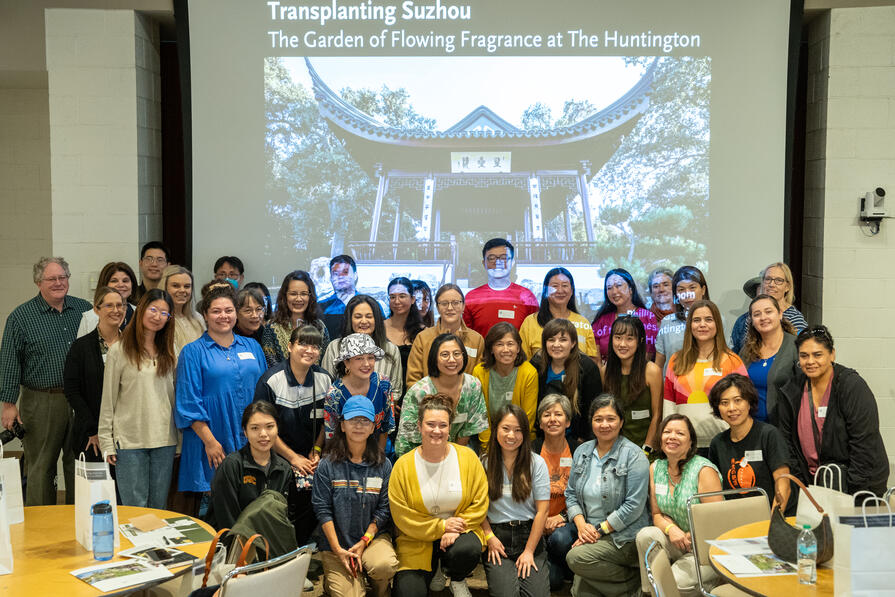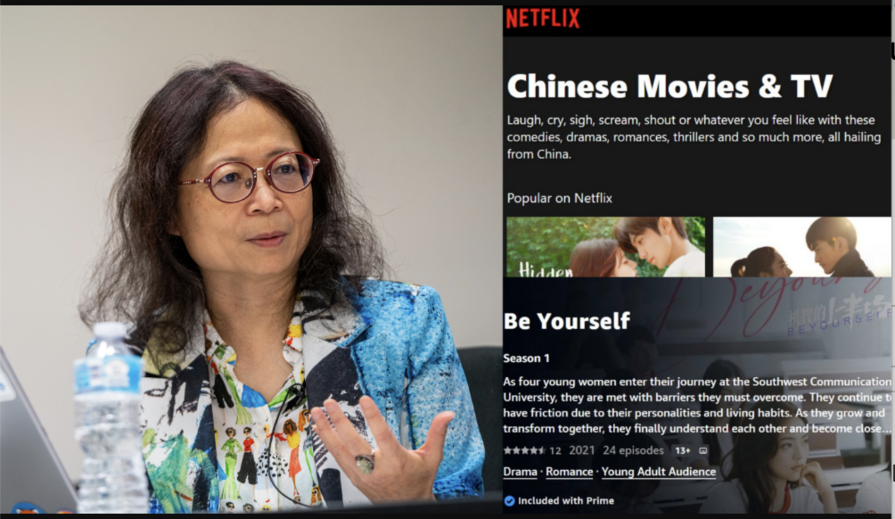For other articles on study abroad, click here.
By Clayton Dube
ON AN AVERAGE DAY in the United States, over 51,582 students in American colleges and universities study Chinese. The figure comes from a 2006 survey by the Modern Language Association of 2,795 institutions, about two-thirds of all institutions of higher learning in the United States.
Chinese is the seventh most popular language other than English. More popular are Spanish (822,985), French (206,426), German (94,264), American Sign Language (78,829), Italian (78,368), and Japanese (66,605). Chinese enrollments, however, are rising. In 2002, the MLA found 34,153 students studying the langauge at the colleges and universities it surveyed. Chinese enrollments rose 51% from 2002 to 2006. Only Arabic enrollments had risen faster during the period, some 126%, to 23,974.
Most attribute the great rise in Chinese enrollments to China’s rising economic strength and overall prominence. In earlier decades, Japanese enrollments rose along with interest in Japan’s economic growth and its culture. In 1960, Chinese enrollments were slightly higher than Japanese ones from 1960 to 1980. With Japan’s 1980s economic bubble, however, enrollment in Japanese raced ahead. In 1986, 23,454 were studying Japanese compared to 16,891 in Chinese language courses.

In addition to pursuing Chinese language study in U.S. institutions, many Americans are heading to China, Hong Kong, or Taiwan to study. In 2006, 11,064 students went to China, an increase of 25% over 2005. 1,059 went to Hong Kong, an increase of 16% and 467 went to Taiwan, an increase of 27%. A majority of these students engage in language study.

The increase in American college students heading to China has been steady, except for two years in the early part of this decade. First, the 9/11 attack in 2001 dampened all overseas enrollment and then the SARS outbreak in China, Hong Kong, and Taiwan caused many schools to close programs and bring students home.
Sources:
Furman, Nelly, Goldberg, David, and Lusin, Natalia. “Enrollments in Languages Other Than English in United States Institutions of Higher Education, Fall 2006,” Modern Language Association, Nov. 13, 2007.
Open Doors 2008. Institute for International Education, Nov. 17, 2008.
Other articles on study abroad:
Young people volunteer to "Go West" | Dilemmas of Transnational Migration among Chinese Only-Children | The Chinese Educational Mission to the United States | Chinese language study is rising fast



